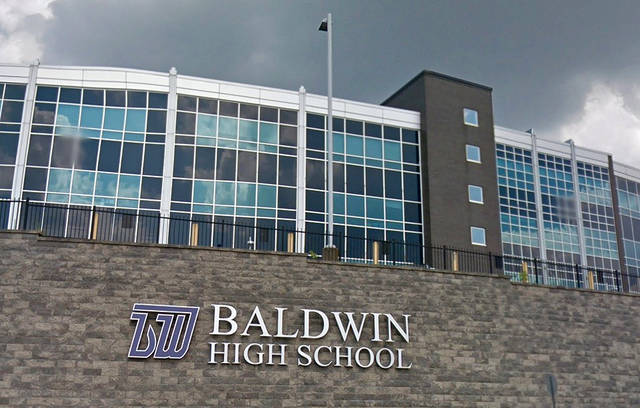Baldwin-Whitehall School District residents will see a tax increase
Baldwin-Whitehall residents will see an increase in real estate taxes in 2019-20, as the district makes infrastructure improvements and staffing additions to address the needs of the growing district.
Board members in June approved the district’s $70.6 million 2019-20 spending plan that includes a .71 mill increase in real estate taxes. That sets the millage rate at 21.76 for 2019-20.
The median homeowner in Baldwin-Whitehall, with a home value of $120,000, will pay an additional $85 in real estate taxes.
District leaders did not tap into the district’s $8.4 million fund balance to balance the operating budget.
The budget addresses two key issues in the district: Growth of the student population and needed facilities upgrades, said Superintendent Randal Lutz, who calls the capital improvements “solid investments in the future of this district.”
In the last five years, Baldwin-Whitehall — which ended the 2018-19 school year with 4,382 students — saw a growth in its student population of about 300 students, Lutz said. Next year, the district is projecting to have 4,500 students, adding roughly 100 more students.
Most of the growth is seen at the elementary schools, specifically in kindergarten.
The district completed a demographic study about three years ago, Lutz said. In some areas, the growth is larger than the study predicted, he said.
Lutz attributed the growth to more babies being born in the area, a turnover of homes from older residents to younger families and more students staying in the district for schooling. In the past, seven out of 10 kindergarteners born in the district would attend Baldwin-Whitehall schools, Lutz said. Today, that number has risen to 8.5 out of 10.
“I’d interpret that as we’re doing the right things,” Lutz said. “We’re being a place that people want to be.”
The growth in student population, though, requires more staffing.
For 2019-20, the district added seven staff members, including a teacher for first, second and third grade, two special education teachers, a K-12 behavioral support teacher and a gifted support teacher.
The added staffing alone will cost as much as $600,000 in salaries for 2019-20, Lutz said.
Additional students also means there are costs to setting up new classrooms and adding more textbooks, the superintendent said.
Baldwin-Whitehall also is in the midst of phase one of its building renovation plan, that essentially looks at keeping the buildings “safe, warm and dry,” or addressing the “structural elements of the schools,” Lutz said.
At this time, the district is tackling roughly $17.7 million in construction projects that are being funded by two borrowings, Lutz said.
The district’s annual debt service payment for 2019-20 is $7.96 million, up about $500,000 from 2018-19.
In phase one, projects include new roofs on all or part of several of the schools, updating doors and electrical panels and asphalt and concrete work.
Work began towards the end of last school year, with projects being done that wouldn’t disrupt classes, Lutz said. Most of the work will be completed when the kids return to class in the fall, with final completion planned for the end of September.
Phase two will include a project at Paynter Elementary.
The facilities projects are much needed, Lutz said, noting that the high school renovation is already 10 years old and the other buildings in the district “have not been touched” since the mid-90s.
“You have buildings that are starting to fail,” he said. “And so, they need attention.”
Other projects outlined in the budget include a new K-12 social studies program, with revised curriculum that includes new textbooks and materials, Lutz said.
The district, which is 1:1, or one device per one student, in grades six to 12, also is increasing the number of Chromebook carts in its elementary schools to provide greater access to devices at the younger level.
It also is “continuing to look at structural spaces, revitalizing libraries, media centers,” Lutz said. The budget includes funds for those things.
Remove the ads from your TribLIVE reading experience but still support the journalists who create the content with TribLIVE Ad-Free.

